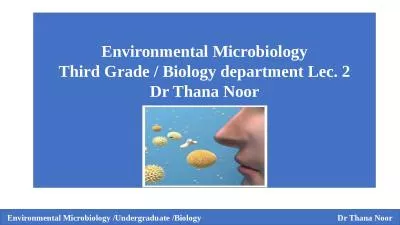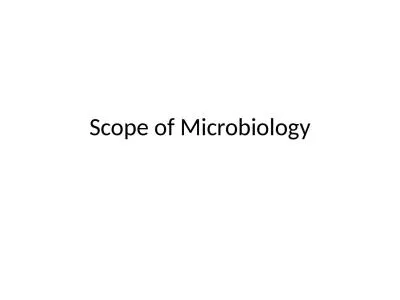PPT-A Brief History of Microbiology
Author : AngelFace | Published Date : 2022-08-04
1 The Early Years of Microbiology What Does Life Really Look Like Antoni van Leeuwenhoek Began making and using simple microscopes Often made a new microscope for
Presentation Embed Code
Download Presentation
Download Presentation The PPT/PDF document "A Brief History of Microbiology" is the property of its rightful owner. Permission is granted to download and print the materials on this website for personal, non-commercial use only, and to display it on your personal computer provided you do not modify the materials and that you retain all copyright notices contained in the materials. By downloading content from our website, you accept the terms of this agreement.
A Brief History of Microbiology: Transcript
Download Rules Of Document
"A Brief History of Microbiology"The content belongs to its owner. You may download and print it for personal use, without modification, and keep all copyright notices. By downloading, you agree to these terms.
Related Documents

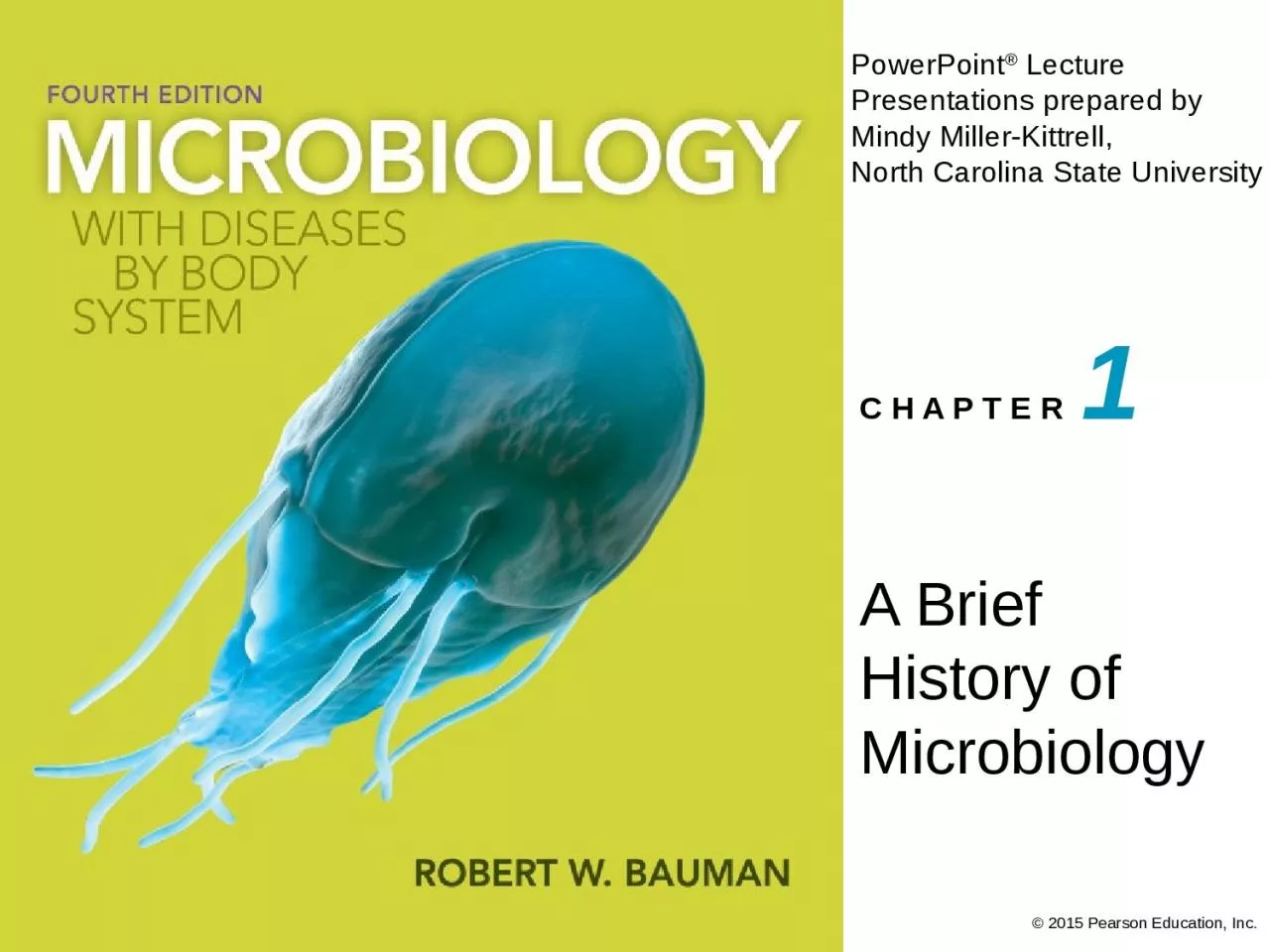
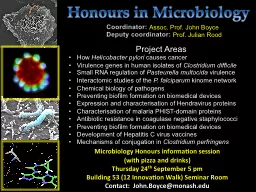
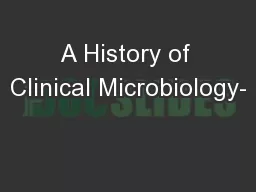
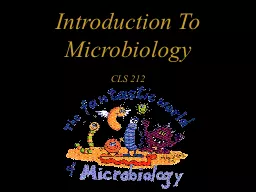
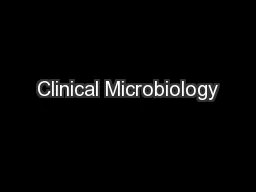

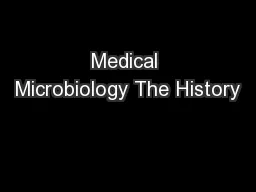
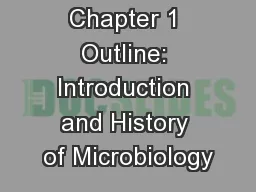
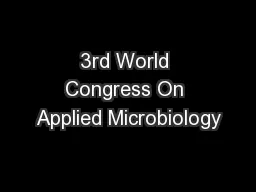

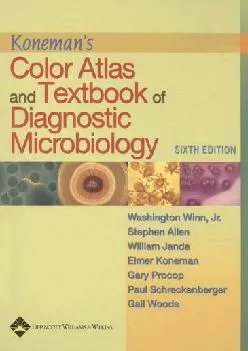
![Read ebook [PDF] Robert\'s Rules of Order Newly Revised In Brief, 2nd edition (Roberts](https://thumbs.docslides.com/1019766/read-ebook-pdf-robert-s-rules-of-order-newly-revised-in-brief-2nd-edition-roberts-rules-of.jpg)
